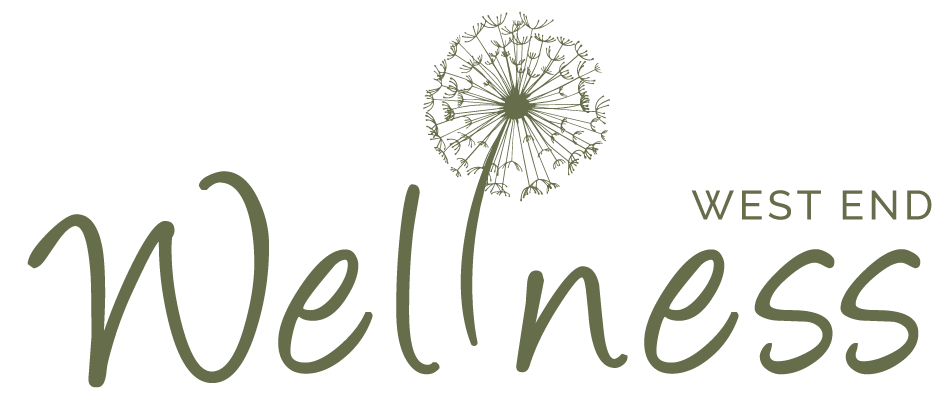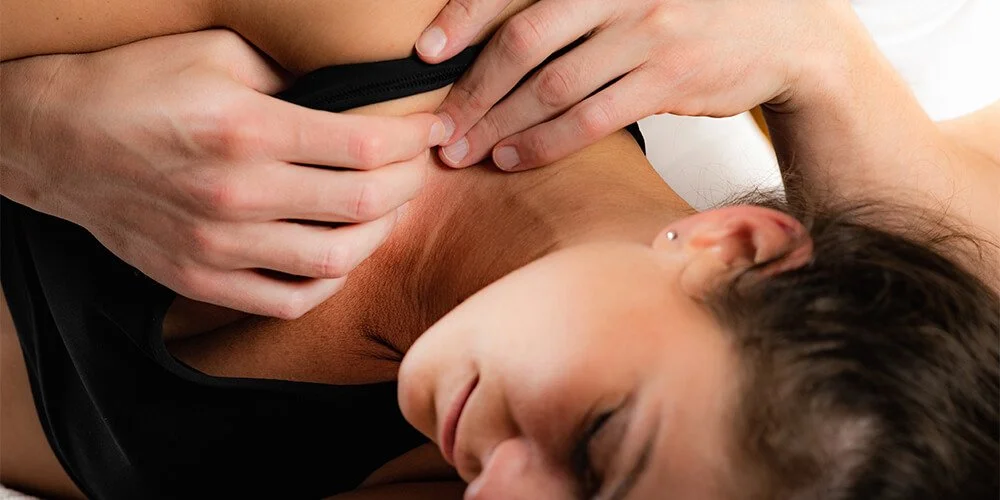Gua Sha Vancouver, Revitalize Your Skin and Health Naturally
Experience the ancient healing practice of Gua Sha in Vancouver at West End Wellness. This traditional therapy involves gentle scraping of the skin using a smooth tool to stimulate circulation, reduce inflammation, and promote lymphatic drainage.
The result is not only improved skin appearance but also relief from tension and enhanced overall well-being. Our skilled practitioners tailor each session to your specific needs, ensuring a comfortable and rejuvenating experience.
Discover the benefits of Gua Sha and embrace a natural approach to health. Book your session today and revitalize your body and mind.
Why Gua Sha in Vancouver Is Essential for Radiant Skin and Health
Gua Sha at West End Wellness in Vancouver is a powerful tool for enhancing skin health and overall well-being.
This ancient technique stimulates blood flow, reduces inflammation, and promotes lymphatic drainage, leading to a radiant complexion and relief from muscle tension.
Our experienced practitioners customize each session to address your needs, ensuring a therapeutic and revitalizing experience.
At West End Wellness, we combine traditional wisdom with expert care, making Gua Sha an essential part of your holistic health routine.
What Is Gua Sha?
Gua Sha is a traditional healing technique that originated in East Asia, particularly in Chinese medicine.
The term "Gua Sha" comes from two Chinese words: "Gua," meaning to scrape or rub, and "Sha," referring to a reddish, elevated skin rash or petechiae.
Here's an overview of what Gua Sha involves:
Technique: It involves using a smooth-edged tool, often made of jade, horn, or rose quartz, to scrape or rub the skin over a lubricated area of the body. The strokes are typically done in one direction and can vary in pressure and length.
Purpose: The primary goal of Gua Sha is to improve circulation and reduce inflammation. Scraping the skin is believed to create minor bruising or redness (sha), which is thought to stimulate blood flow and healing.
Health Benefits: Gua Sha is used to treat a variety of conditions, such as chronic pain, stiffness, fever, chills, cough, nausea, and others. It's particularly popular for relieving muscle and joint pain, reducing inflammation, and enhancing immune function.
Application Areas: While it can be performed on various body parts, it's commonly used on the back, neck, shoulders, buttocks, and limbs. Facial Gua Sha is a gentler version often used for aesthetic purposes, like reducing puffiness and improving skin tone.
Holistic Approach: In traditional Chinese medicine, Gua Sha is a way to release unhealthy elements from injured areas and stimulate blood flow and healing.
Cultural Context: Gua Sha is part of a holistic health approach, often combined with other traditional practices like acupuncture and herbal medicine.
In Gua Sha therapy, certain body areas are commonly targeted for treatment due to their effectiveness in addressing various issues.
These areas include:
Back: One of the most frequently treated areas, the back is often targeted for issues like muscle pain, tension, and stiffness. It's also a key area for addressing systemic health concerns in traditional Chinese medicine.
Neck and Shoulders: Gua Sha is regularly used to relieve neck and shoulder tension, which can benefit those suffering from stress, poor posture, or prolonged computer use.
Arms and Legs: Treating the arms and legs can help with circulation issues, muscle soreness, and joint pain and is often used for athletes or individuals with repetitive strain injuries.
Face: Facial Gua Sha is a gentler variation, popular in beauty treatments for reducing puffiness, improving skin tone, and promoting a rejuvenated appearance. It's also used for sinus issues and headaches.
Chest and Abdomen: These areas are less commonly treated but can be effective for respiratory issues (like colds or asthma) and digestive problems when appropriate techniques are used.
Head: Some practitioners use Gua Sha on the scalp or forehead to relieve headaches, migraines, or sinus pressure
Does Gua Sha Hurt?
When people hear that Gua Sha involves "scraping," it is no surprise that they will first wonder, does it hurt?
So the truth is that you will feel something, but Gua Sha starts gently, working up in intensity depending on the types of knots encountered.
Gua Sha typically does not cause significant pain, but the experience can vary depending on individual sensitivity and technique.
You can let your acupuncturist know if it becomes uncomfortable because, like all treatments, it's meant to be a relaxing experience.
Most people describe the sensation as a "scraping" or "rubbing" feeling. Here are a few key points about the sensation of Gua Sha:
Pressure and Intensity: The practitioner adjusts the pressure and intensity of the scraping. While it may cause some discomfort, especially in areas where muscle tension is high, it is generally not described as painful.
Tolerance Levels: Sensitivity to Gua Sha can vary. Some individuals may find it more uncomfortable than others, especially if they have sensitive skin or are particularly tense.
Post-Treatment Sensation: After a session, the treated area might feel tender, similar to the sensation experienced after a deep tissue massage. This tenderness usually subsides within a few days.
Visible Marks: While Gua Sha can leave marks on the skin (bruise-like red or purple spots known as petechiae), these are not typically painful and fade within a few days to a week.
Communication is Key: It's important for individuals receiving Gua Sha to communicate with their practitioner about their comfort level and any pain sensations during the treatment to ensure a safe and positive experience.
Who Does Gua Sha Help?
Gua Sha's method helps increase blood flow to different body areas.
It helps release the body's natural pain-fighting systems and blocks the pain pathways, creating relief.
Increased blood flow, known as microcirculation, is scientifically known to improve the areas treated with the Gua Sha technique.
Gua Sha can be beneficial for a variety of individuals, particularly those experiencing:
Muscle Tension and Pain: It's often used to relieve muscle tension, soreness, and pain, making it popular among those with chronic musculoskeletal issues.
Reduced Mobility or Stiffness: Gua Sha can help increase mobility and reduce stiffness in joints, benefiting those with conditions like arthritis or repetitive strain injuries.
Chronic Headaches and Migraines: Some find relief from headaches and migraines through Gua Sha, as it can promote relaxation and relieve tension.
Respiratory Issues: Traditional use includes treating respiratory conditions by helping to break up congestion and improve breathing.
Stress and Fatigue: The treatment can promote relaxation and well-being, potentially helping those with stress, fatigue, or insomnia.
Poor Circulation: Gua Sha is believed to improve circulation, which can benefit overall health and wellness.
Recovery from Injuries: Athletes or individuals recovering from physical injuries may use Gua Sha to support healing.
Does gua sha work permanently?
Gua Sha is not a permanent solution to health issues. It is a treatment that can temporarily relieve symptoms such as pain, tension, and inflammation.
The effects of Gua Sha are often experienced immediately after a session, but regular treatments may be needed for ongoing benefits.
The longevity of the results can vary greatly from person to person, depending on individual health conditions and lifestyle factors.
What can go wrong with gua sha?
Gua Sha is generally considered safe when performed by a trained professional, but there are some potential risks and side effects to be aware of:
Bruising and Discoloration: The most common side effect is bruising or discoloration of the skin, known as petechiae. This is due to the breaking of capillaries near the surface of the skin and usually fades within a few days to a week.
Soreness: Some individuals may experience soreness or tenderness in the area that has been treated, similar to the feeling after a deep tissue massage.
Skin Irritation: People with sensitive skin may experience irritation or mild inflammation following a Gua Sha treatment.
Infection Risk: If the skin is broken during the treatment, there is a risk of infection, especially if the tools are not properly sterilized.
Not Suitable for Certain Conditions: Gua Sha is not recommended for individuals with certain health conditions, such as those with bleeding disorders, deep vein thrombosis, or certain skin conditions. It should also be avoided over any area with a tumour, wound, or infection.
Temporary Changes in Appearance: The treatment can temporarily alter the appearance of the skin, which might be a consideration for some people.
It's important to consult with a healthcare professional before undergoing Gua Sha, especially if you have any underlying health conditions or concerns.
If you're in Vancouver and curious about how Gua Sha can enhance your wellness journey or have any questions about this soothing practice, don't hesitate to call us.
Experience the gentle, restorative power of Gua Sha and step into a world of relaxation and rejuvenation.
Maximize Your RMT Benefits: Hassle-Free Direct Billing at West End Wellness
Experience hassle-free healthcare with our direct billing service. We handle insurance claims so you can focus on your wellness journey without financial stress. Enjoy your treatments at West End Wellness worry-free.
Click below to see if your insurance is included, and book your appointment today!



